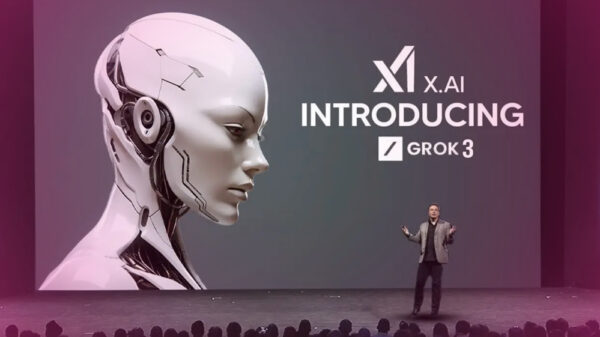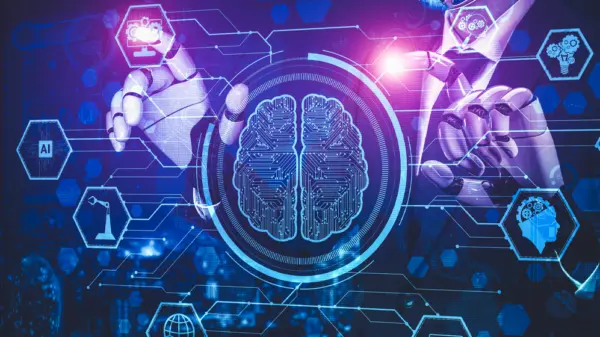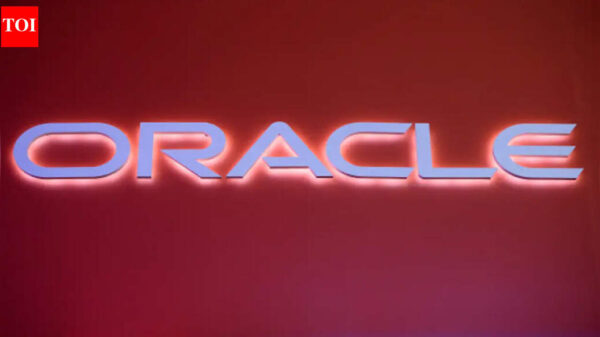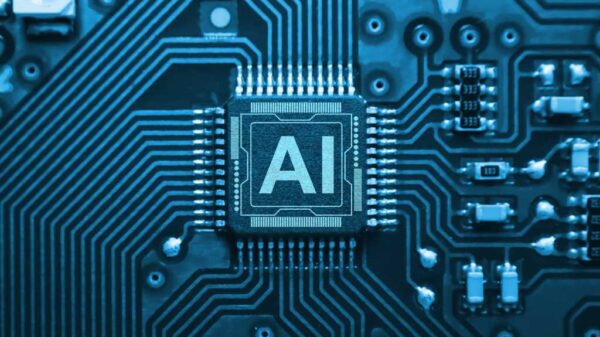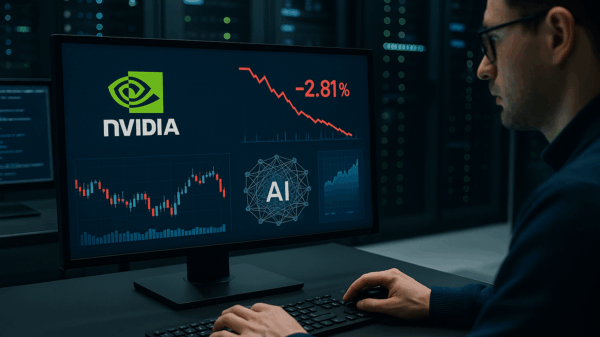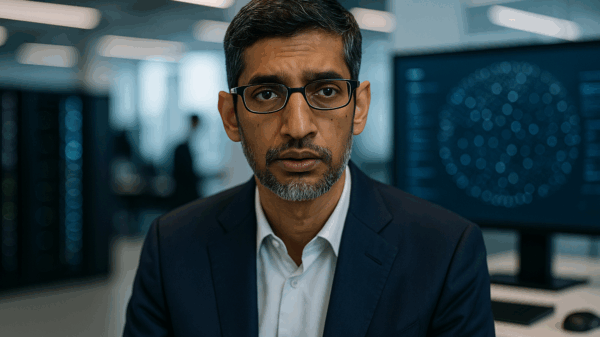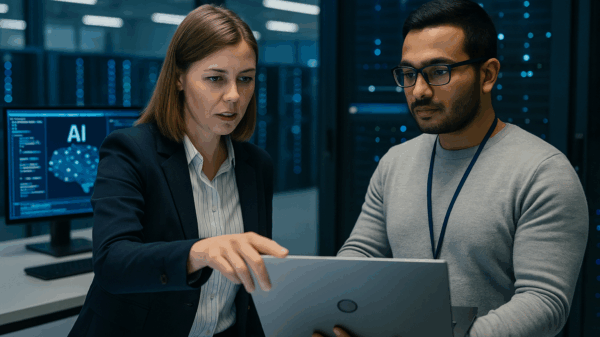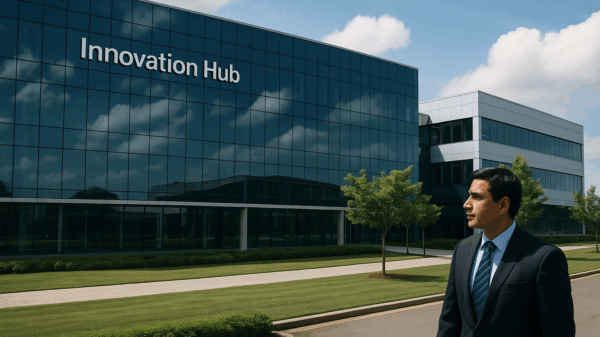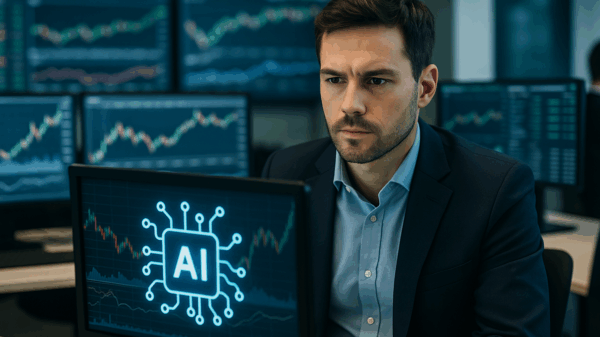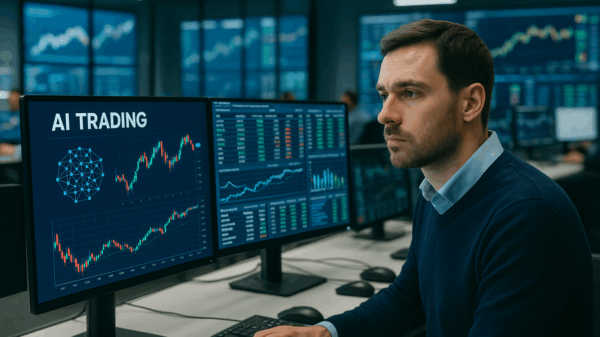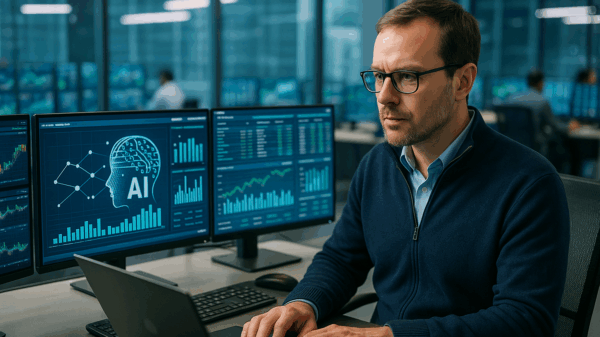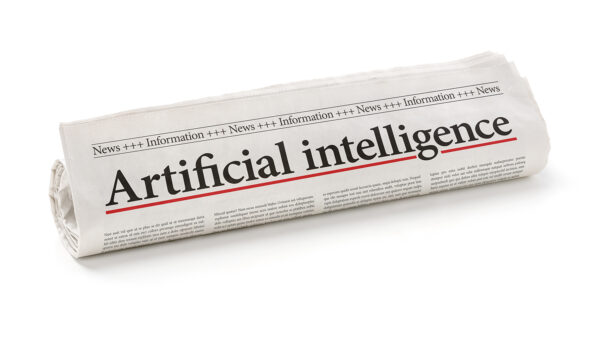Decentralized AI Networks: Merging Web3 and Machine Learning
This commentary is provided by George Siosi Samuels, managing director at Faiā, who is committed to leading technological advancements.
TL;DR: Decentralized AI networks like Sahara and CARV are creating a new framework that combines the autonomy of Web3 with the capabilities of machine learning. The notable shift isn’t merely about redistributing control; it’s about reengineering alignment and accountability, making intelligence itself more composable and responsible.
Why Decentralized AI Networks Matter Now
Centralized artificial intelligence (AI) platforms currently dominate the landscape, often restricting access and consolidating power. This concentration inhibits innovation and raises concerns about privacy and accountability. However, emerging technologies such as cryptographic primitives, verifiable computing, and zero-knowledge proofs (ZKPs) are reshaping the possibilities. As large language models (LLMs) and foundation models redefine intelligence, decentralized AI networks are now more viable, allowing models and data to operate on-chain or in hybrid forms.
See also Grok Halts Hebrew Translations to Combat Inflammatory Speech Amid Rising Hate on X
Grok Halts Hebrew Translations to Combat Inflammatory Speech Amid Rising Hate on XIn this paradigm, AI transitions from a rented service to an asset that users actively engage with. This shift allows for the building, ownership, and licensing of models while ensuring that the infrastructure itself maintains trust and incentive alignment. Initiatives like Sahara and CARV exemplify how communities can collaborate and innovate without being dominated by a single entity.
What Sahara Brings: From Data to Agents
Sahara aims to democratize the AI lifecycle, including data collection, model training, and agent construction. It encodes “AI assets”—datasets, models, and agents—with metadata to ensure accountability and licensing, all anchored on-chain for verifiable claims.
Because full on-chain deployment is impractical for large models, Sahara adopts a hybrid approach, linking identity and permissions on-chain while executing heavy computations off-chain through verifiable protocols. This structure facilitates a collaborative ecosystem where contributions can be rewarded through tokenized systems. Ultimately, Sahara envisions a thriving agent ecosystem where intelligence evolves dynamically rather than remaining static.
While Sahara’s integration of identity and monetization lowers barriers for smaller teams to own model intellectual property, challenges remain. Off-chain verification must be robust, and token incentives risk prioritizing speculation over genuine contribution. Adoption may face hurdles as developers transition to new systems, and managing multi-agent orchestration raises latency and coordination issues that need to be addressed.
CARV’s Vision: Agents Growing Up On-Chain
CARV, evolving from a Web3 data coordination initiative, is now focusing on developing “AI Beings” with memory and identity that are intrinsic to its blockchain. The roadmap includes layers for identity and memory, on-chain learning, and phases where agents can coordinate and create new services. This innovative approach aims to embed learning into the consensus mechanism, allowing agents to retain memory and reputation over time, which sets the stage for community ownership of evolving entities.
However, this model raises critical safety and oversight challenges. As agents gain autonomy over on-chain assets, the need for robust governance and validation mechanisms becomes paramount. The integration of reinforcement learning with governance signals is still experimental, and the unpredictability of agent behaviors necessitates stronger verification systems.
Risks and Challenges Ahead
The potential for decentralized AI is tempered by several risks. Verifiable compute remains a challenge—how do we ensure an agent has executed the claimed logic without compromising data privacy? Economic structures must also be examined to prevent centralization disguised as decentralization. In addition, greater emphasis on safety protocols is required, particularly as agents gain capabilities to manage crypto assets.
Governance structures must adapt over time, reflecting the evolution of agent capabilities, and adoption will likely be gradual unless interoperability and compelling use cases are demonstrated. Scalability and latency issues must also be thoughtfully addressed, particularly in multi-agent systems operating across various nodes and chains.
In Conclusion: The fusion of Web3 and AI is not just a theoretical exercise; it presents a tangible path to a more equitable future in AI. By integrating composability, accountability, and decentralized governance, networks like Sahara and CARV are challenging the status quo, aiming for a distributed ecosystem where intelligence is owned and evolved collectively. This emerging landscape invites continued experimentation and feedback, as we seek not just to control AI but to resonate with its unfolding potential.



